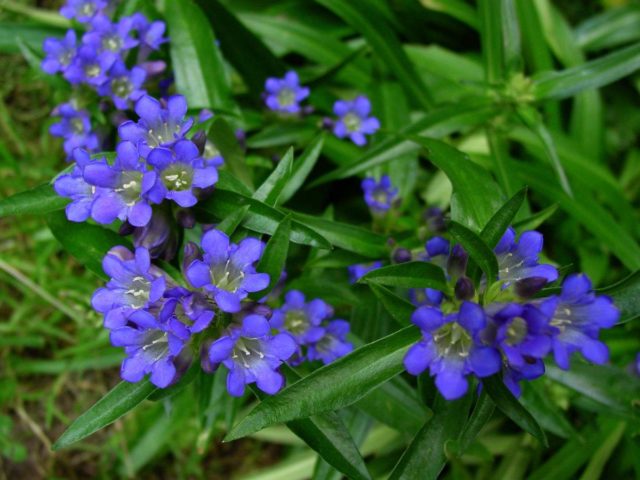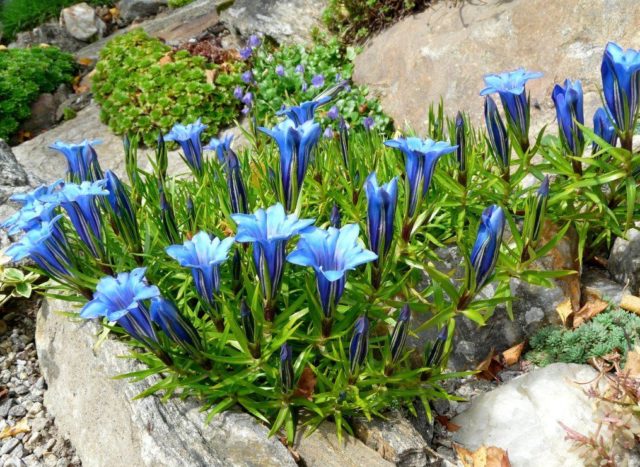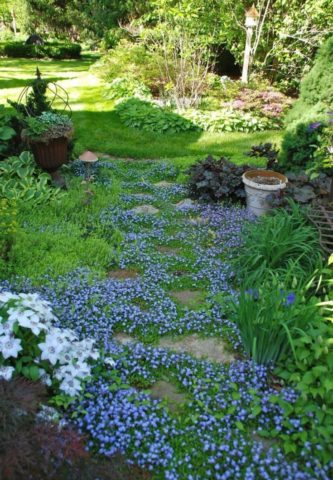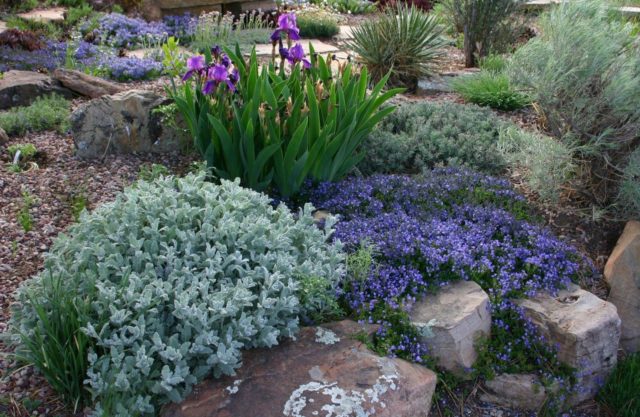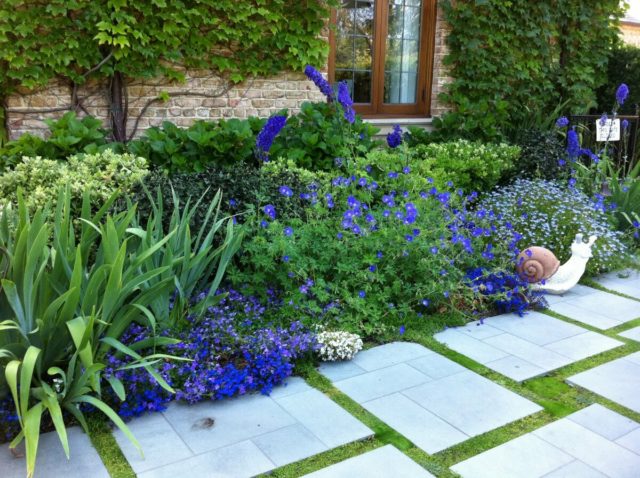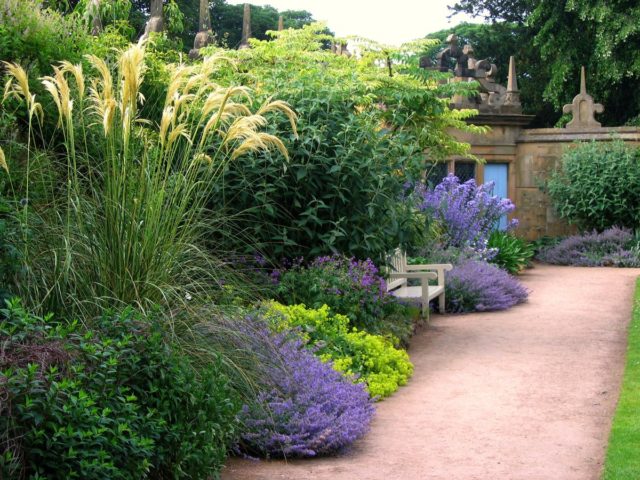Content
Dahurian gentian (Gentiana dahurica) is one of the representatives of the numerous genus Gentian. The plant got its specific name due to its territorial distribution. The main accumulation of perennials is observed in the Amur Region, Transbaikalia and Buryatia.
Description of the species
Perennial herbaceous culture grows singly or in small groups along the banks of reservoirs, in forest glades, meadows, rocky terrain. It settles on moist fertile soils (neutral or slightly alkaline). Daurian gentian is a shade-tolerant plant, the vegetation is not affected by the lack of ultraviolet radiation, the decorativeness does not lose in an open area. To decorate the landscape, use the variety of dahurian gentian Nikita (Gentiana dahurica Nikita).
External characteristics of the species:
- The height of an adult plant is 25-40 cm.
- Stems are stiff, more thickened in the middle, dark green, with a shallow edge along the surface. Panicle inflorescences are formed to the crown.
- The shoots of the wild species are erect, the variety Nikita is lodging. They form dense clumps, which during flowering are completely covered with inflorescences.
- Basal leaves are lanceolate, elongated, with one central vein, stem leaves are opposite, smaller, saturated green.
- Peduncles are short, formed from leafy apical sinuses.
- The flowers are bell-shaped, the calyx is light green, deeply dissected. The base of the petals of the wild-growing culture is pale blue, the tops are blue. The Nikita variety has purple, five-segmented flowers near the calyx.
- Filaments are white, anthers are beige.
- The rhizome is short, pivotal, with numerous filamentous processes of varying length and thickness.
Application in landscape design
In the design of gardens or plots, the Daurian gentian variety Nikita is often used. The plant is distinguished by large flowers that form dense inflorescences. The stems lie down, forming a dense curtain. The gentian is grown as a ground cover option. It is used to decorate stone gardens, rock gardens. Included in compositions with late flowering crops.
The view is in good harmony with conifers and ornamental shrubs as part of mixborders in flower beds or ridges. Design techniques with photos will help you compose compositions with gentian on any site:
- The plant can become a decoration for rockeries.
- A ground cover crop will create a wilderness corner in the garden's remote areas.
- The gentian can be used in mixborders with flowering and coniferous crops.
- The plant will fit well into a bed with blue flowers.
- The gentian is included in compositions with ornamental grasses.
Breeding features
The Daurian gentian reproduces in a vegetative and generative way. You can use the division method, while each site should have at least two viable buds and part of the root system. Work is carried out at the beginning of the growing season or after the flowering phase.
The plant forms a developed stem, it can be used for cuttings. The method is less effective, since the material takes root weakly. Cuttings are harvested from the middle part of the shoot (before flowering).
In its natural environment, the Daurian gentian reproduces by self-seeding.The seeds ripen at the end of September, crumble and undergo natural stratification. Sprout in spring. This biological feature is taken into account when growing from seeds of wild-growing Daurian gentian on the site. Seed laying is carried out before winter.
Hardening can be done at home. To do this, the seeds are mixed with coarse sand and placed in a refrigerator. Withstand for at least two months, this can be done immediately after collection.
When growing seedlings of gentian Nikita daurian from seeds, it is not necessary to stratify them.
Seeds are sown for seedlings in February in containers, you can use special or homemade wooden containers. Sequence of work:
- The containers are filled with a substrate made from compost sand and peat.
- Seeds mixed with sand are scattered over the surface.
- Moisten the soil and cover the container with foil.
- The gentian is constantly ventilated, after germination of the seeds, the polyethylene is removed
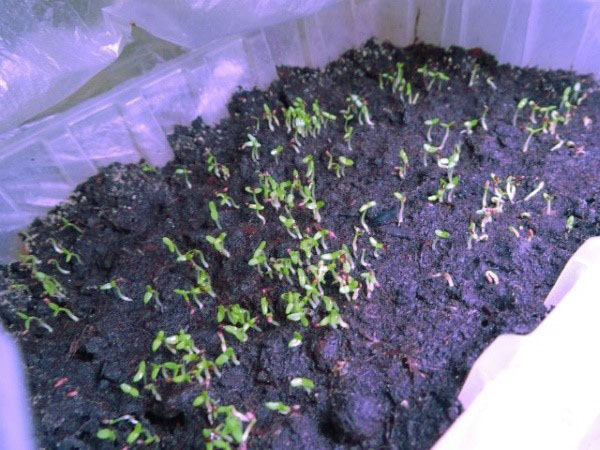
After the appearance of the first leaves, the plants are transplanted into separate containers.
Planting and caring for the Daurian gentian
Planting technology and subsequent care of the gentian Nikita Daurian does not differ from the agricultural technology of the wild species. The culture is shade-tolerant, so you can set aside a site for it with periodic shading. In an open place, the flowers fade, but the growing season does not slow down. Soils are chosen moistened with good aeration and drainage. The moisture-loving gentian Daurian cannot grow on heavy dry soil, but it also suffers on soils with constant stagnation of liquid.
Sowing terms and rules
For planting before winter, a small garden bed is set aside, it is covered with compost and dug up. Seeds are poured from above, covered with sand and left until spring. In early spring, shoots should appear. When the gentian reaches 10 cm in height, it is transplanted to the site.
Rooted cuttings are determined for a permanent place in May, they are covered for the winter. Seedlings are placed in open ground at the end of May.
Landing technology:
- Dig up a place for the Daurian gentian, make a mixture of peat, compost, sod layer, add small pebbles.
- The root of the plant is treated with an antifungal drug, the seedlings are planted together with a soil ball.
- The pit is made with the calculation of the root system, drainage layer and nutrient substrate. The root must be completely deepened.
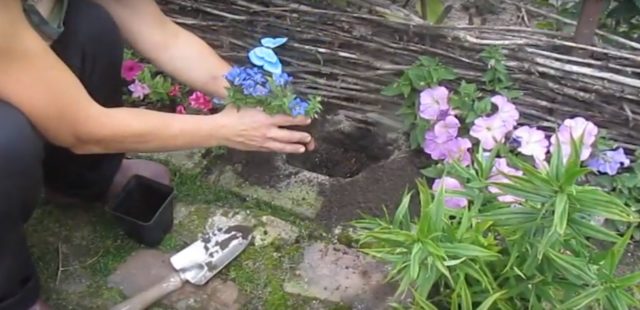
The plant is placed in a prepared hole, covered with soil mixture, compacted
Watering and feeding schedule
The irrigation schedule for Daurian gentian depends on the location. If the soil is wet or a crop grows along the shores of the reservoir, seasonal rainfall is enough for it. In the case of dry summers and an open dry area, watering is carried out with a small amount of water at the root at the first signs of soil compaction.
In the first year of the growing season, the gentian is not fertilized. She has enough nutrients from the mixture when planting. The next year, in the spring, nitrogen fertilizers are applied. Phosphorus and potash are used before flowering. Superphosphate is given during flowering. During the entire growing season, organic matter can be applied (along with irrigation).
Weeding and loosening
Loosening of Dahurian gentian is necessary for better soil aeration. If mulch is used, it prevents the formation of a crust, there is no need for loosening. Weeding is a must. The grass has poor competitiveness, is often displaced by weeds, so they are removed as they grow.
Preparing for winter
The Daurian gentian is characterized by high frost resistance, an adult plant does not need shelter for the winter. The aboveground part completely dies off and dries up in the fall. The stems are cut at the root, the plant is watered. The hole can be covered with compost, it will serve as additional food in the spring. The seedlings of the current year are covered with straw or wood chips. Their root system is not sufficiently formed to withstand low temperatures.
Diseases and pests
Daurian gentian of the Nikita variety, when placed in a moderately humid area, does not get sick. The cause of the infection is stagnant water, and root rot is possible. At the first sign, the plant must be transplanted and treated with a fungicide.
Of the pests on the culture, thrips parasitize, they are disposed of with any insecticide. In the rainy season, slugs may spread on the site. They are collected by hand.
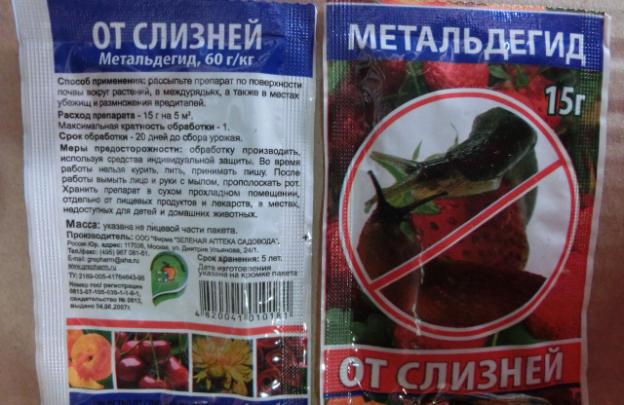
Secondary spread of slugs is prevented by "Metaldehyde"
Conclusion
Daurian gentian is a perennial plant with high frost resistance and simple agricultural technology. Grows in an open or slightly shaded area, grows rapidly. In ornamental gardening, the Nikita variety is used to decorate rock gardens, mixes with late flowering crops are created.
